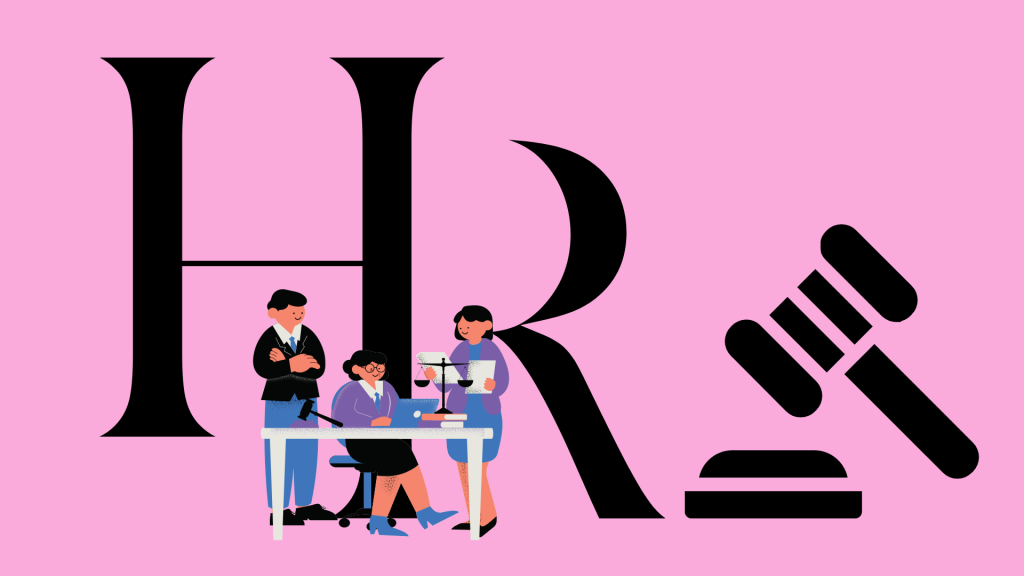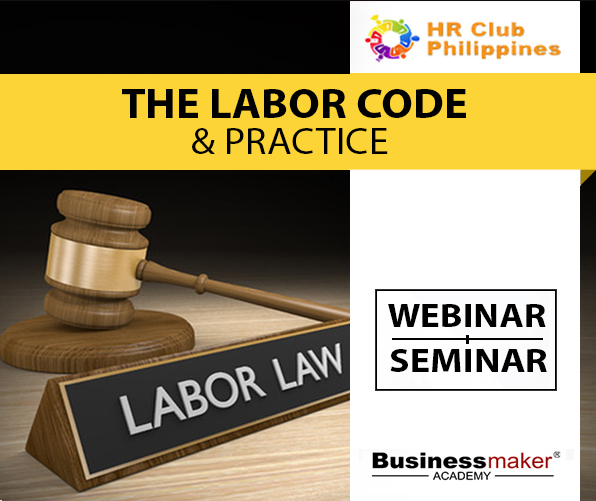Human resources (HR) is an essential function of any organization, responsible for managing employee relations, hiring, training, and development. However, with the increasing complexity of employment laws and regulations, HR professionals must also be knowledgeable about the legal aspects of their role. Failure to comply with legal requirements can result in costly legal disputes, damage to the organization’s reputation, and loss of employee trust. In this article, we will provide an overview of the legal side of HR and what needs to be done for compliance. By understanding and complying with legal requirements, HR professionals can ensure they are practicing ethically and legally, while also protecting their organization from legal risks.
Here are things you need to learn to practice HR legalling in the Philippines…
- Know the labor laws
Familiarize yourself with the labor laws and regulations in the Philippines, such as the Labor Code and mandatory benefits such as Social Security System, PhilHealth and the Pag-IBIG. Make sure you understand the minimum wage, working hours, overtime pay, leave entitlements, and other key provisions. - Develop HR policies and procedures
Develop HR policies and procedures that are compliant with Philippine labor laws and regulations, and ensure that they are communicated effectively to all employees. This includes policies on recruitment, compensation and benefits, performance management, and disciplinary procedures. - Comply with tax obligations
Ensure that you comply with tax and other government obligations, such as withholding taxes, social security and health insurance contributions. These obligations are mandatory and failure to comply can result in penalties and legal disputes. - Maintain accurate records
Keep accurate and up-to-date records of employee information, such as employment contracts, payroll records, and attendance records. This is important for compliance with labor laws and regulations, as well as for effective HR management. - Ensure workplace safety
Ensure that the workplace is safe and free from hazards, and implement measures to prevent accidents and injuries. This includes conducting regular safety inspections, providing appropriate training, and maintaining safety equipment and facilities. - Stay Updated
The Department of Labor and Employment issues memorandums that affect the workforce. As an HR practitioner, you need to regularly check news and updates to ensure that your organization stays compliant. - Seek legal advice
Seek legal advice from a qualified lawyer or HR consultant if you are unsure about compliance with labor laws and regulations. This can help you avoid legal disputes and penalties.
Remember, HR compliance is an ongoing process. It’s important to stay up-to-date with changes in labor laws and regulations, and to regularly review and update your HR policies and procedures to ensure compliance.
Want to learn more?
We recommend attending our training on The Labor Code & Practice which is available as a live online class or onsite face-to-face class.
Click here for more info.

